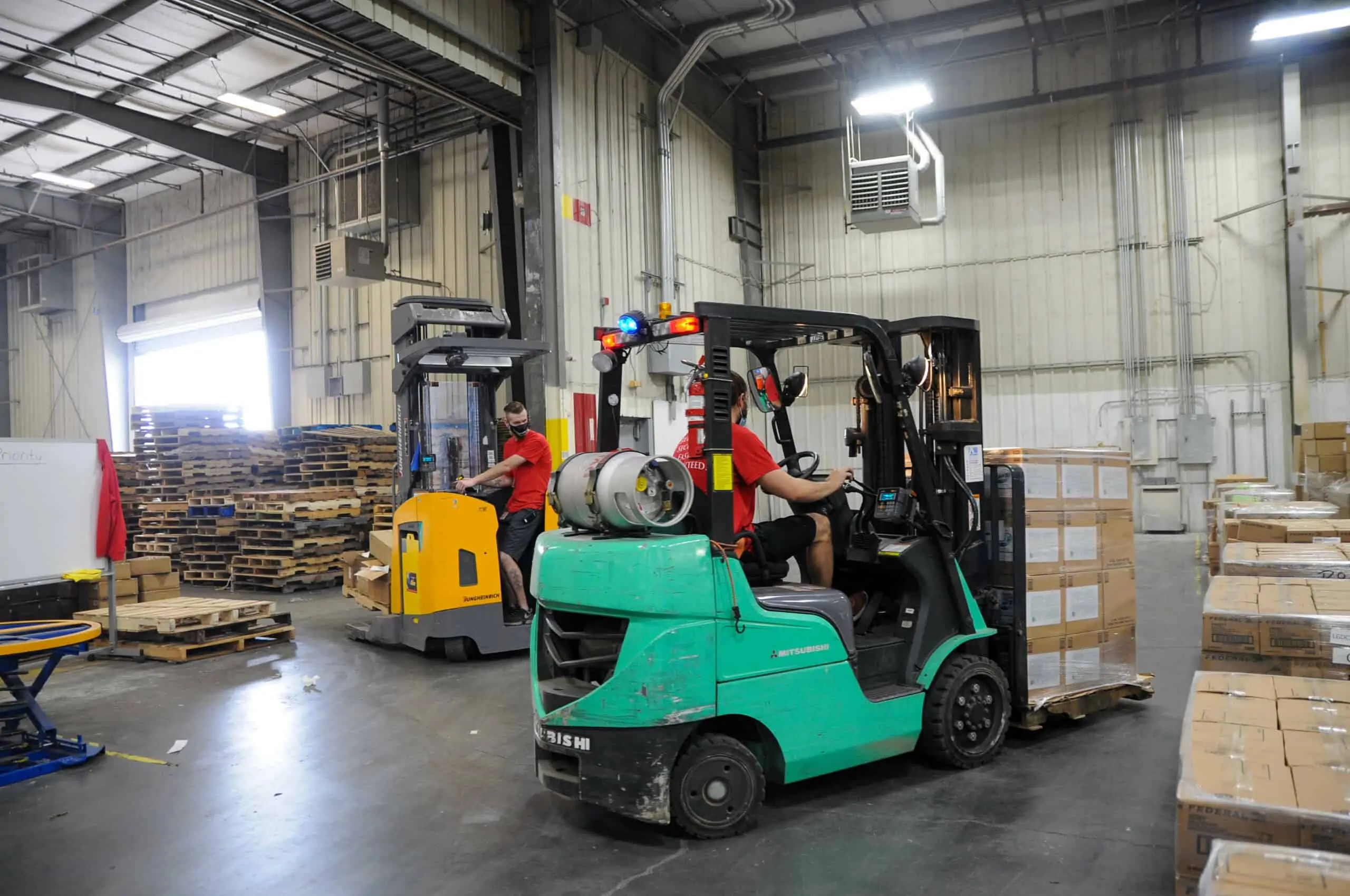Delivering customer orders on time is the backbone of a successful eCommerce or retail business. However, common fulfillment pitfalls can cause delays, frustrating customers and leading to lost sales. Below are the major fulfillment challenges that can delay shipments, along with practical solutions to ensure smooth operations.
What Is Fulfillment and Why It Matters
Fulfillment is the entire process of receiving, processing, packing, and shipping customer orders. A well-optimized fulfillment system ensures orders are delivered accurately and on time, which enhances customer satisfaction and boosts business reputation. Companies that invest in efficient fulfillment can minimize errors, reduce shipping costs, and improve overall operational efficiency.
Benefits of a Reliable Fulfillment Process
Faster Order Processing
An optimized fulfillment system reduces the time spent picking, packing, and shipping orders. Businesses with streamlined fulfillment can handle higher order volumes without compromising speed.
Improved Inventory Accuracy
Accurate inventory tracking prevents overselling and ensures that customers receive their products without unnecessary delays. Businesses that integrate automated inventory management reduce the risk of errors.
Higher Customer Satisfaction
Customers expect fast and reliable shipping. Businesses that consistently meet delivery expectations build trust and encourage repeat purchases.
Lower Operational Costs
Efficient fulfilment centers reduce waste, minimizes labor costs, and prevents unnecessary shipping expenses. Companies that optimize warehouse layout and automation save money while improving efficiency.

Fulfillment Pitfalls That Cause Order Delays
Poor Inventory Management
Inventory discrepancies lead to stockouts or overselling, preventing timely order fulfillment. Inaccurate stock counts mean businesses may sell products they do not have or delay shipments while waiting for restocks.
Solution: Use real-time inventory tracking software that integrates with sales channels to prevent stock issues.
Inefficient Warehouse Organization
A cluttered or disorganized warehouse slows down picking and packing, leading to delayed shipments. Workers may struggle to find items, increasing processing times.
Solution: Implement an optimized warehouse layout with clear labeling and categorized storage to speed up fulfillment.
Slow Order Processing Systems
Manual order processing increases the risk of errors and delays. Orders that are not automatically pushed to fulfillment teams may sit in queues for too long.
Solution: Automate order processing with software that instantly routes new orders to fulfillment teams or third-party logistics providers.
Poor Demand Forecasting
Failing to anticipate demand spikes leads to stock shortages or excess inventory. Both scenarios can result in shipping delays due to out-of-stock products or overwhelmed fulfillment teams.
Solution: Use historical sales data and predictive analytics to forecast demand and adjust inventory accordingly.
Inaccurate Shipping Estimates
Offering unrealistic delivery times sets customers up for disappointment. If businesses fail to account for processing times, transit delays, or peak seasons, deliveries may arrive later than expected.
Solution: Provide accurate estimated delivery dates by considering warehouse processing speed, carrier transit times, and potential shipping delays.
Packaging Delays
A slow or inefficient packing process adds unnecessary time before orders leave the warehouse. Incorrect packaging also leads to damaged products, causing costly reshipments.
Solution: Streamline packaging by using standardized boxes, pre-packed kits, and automated packing solutions.
Carrier Issues and Shipping Delays
Even if an order leaves the warehouse on time, carrier delays can disrupt delivery. Issues such as bad weather, misrouted packages, or overloaded shipping networks can slow shipments.
Solution: Partner with multiple carriers to offer flexible shipping options and track deliveries in real time to address potential delays.
Lack of Order Tracking and Communication
Customers expect real-time tracking updates. If they do not receive shipping notifications, they may assume their order is lost or delayed, leading to unnecessary complaints and chargebacks.
Solution: Automate tracking updates and proactively communicate any shipping delays to maintain customer confidence.
Human Errors in Order Picking
Picking errors such as selecting the wrong product or incorrect quantities lead to returns and reshipments, extending fulfillment timelines.
Solution: Implement barcode scanning, double-checking procedures, and staff training to minimize picking mistakes.
Ineffective Returns Management
A slow returns process ties up inventory and delays replacement shipments. If returned items are not restocked quickly, it can cause stock shortages.
Solution: Develop a clear and efficient returns workflow to process returns quickly and update inventory in real time.
What to Remember for Faster and More Reliable Fulfillment
Automate Fulfillment Where Possible
Automation minimizes human errors and speeds up every step of the process. Order management systems, automated picking, and real-time tracking reduce delays significantly.
Optimize Warehouse Efficiency
A well-organized warehouse improves picking and packing speeds. Clear signage, designated storage zones, and an efficient layout help workers locate items faster.
Offer Multiple Shipping Options
Partnering with different carriers ensures flexibility in case of carrier delays. Providing various shipping speeds also improves customer satisfaction.
Ensure Accurate Demand Planning
Use data analytics to anticipate order volume fluctuations and prevent stockouts or overstocking. Keeping the right inventory levels ensures consistent fulfillment speed.
Communicate Proactively with Customers
Provide real-time order tracking and notify customers of any shipping delays to prevent frustration and lost trust.
Monitor and Improve Performance Continuously
Regularly audit fulfillment operations, identify bottlenecks, and implement process improvements. Reviewing key performance indicators like order accuracy and delivery speed helps optimize fulfillment.
Final Thoughts
Avoiding fulfillment pitfalls requires strong systems, automation, and strategic planning. By addressing inventory issues, warehouse inefficiencies, shipping delays, and communication gaps, businesses can prevent order fulfillment disruptions and deliver a seamless customer experience.
















